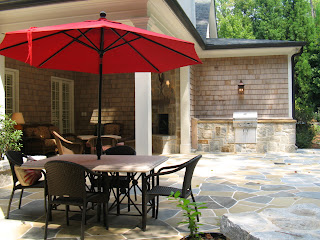Designing for Sound Attenuation or "Sound Proofing":
Although it is difficult and expensive to render a space "sound proof" we do have several effective ways of curbing the transmission of sound.
Increasing the mass of a wall or ceiling increases the sound isolation of the interior space. This can be achieved with a second layer of gypsum board, adding brick veneer, and switching from fiberglass insulation to expanded foam.
One of best wall systems I’ve used are built with insulated concrete forms. These are expanded foam forms that are stacked in place and then filled with concrete. This gives you the mass of concrete with the insulation value of the expanded foam. It also has the added value of better thermal mass and insulation not to mention higher structural strength and fire resistance.
One can also add resilient channels to help isolate the gypsum board from the studs. We specify special glues between the layers of gypsum board to help deaden the sound. All cracks and penetrations from electrical outlets, air ducts and plumbing are also specified to be chalked and sealed.
There are also special grout fills we can use between floors to reduce sound transmission there.
Sound absorbent surfaces such as acoustic ceiling tile, wall panels and simple carpet can help tremendously.
Doors and window quality is just as important here as they are for thermal performance. If they leak air they will leak sound rendering all our other effort null and void.
Many of these options are more expensive then others and depends greatly on the client’s willingness to spend money in exchange nose reduction.
I hope this gives you some ideas. Give me a call if you have any further questions or comments.



